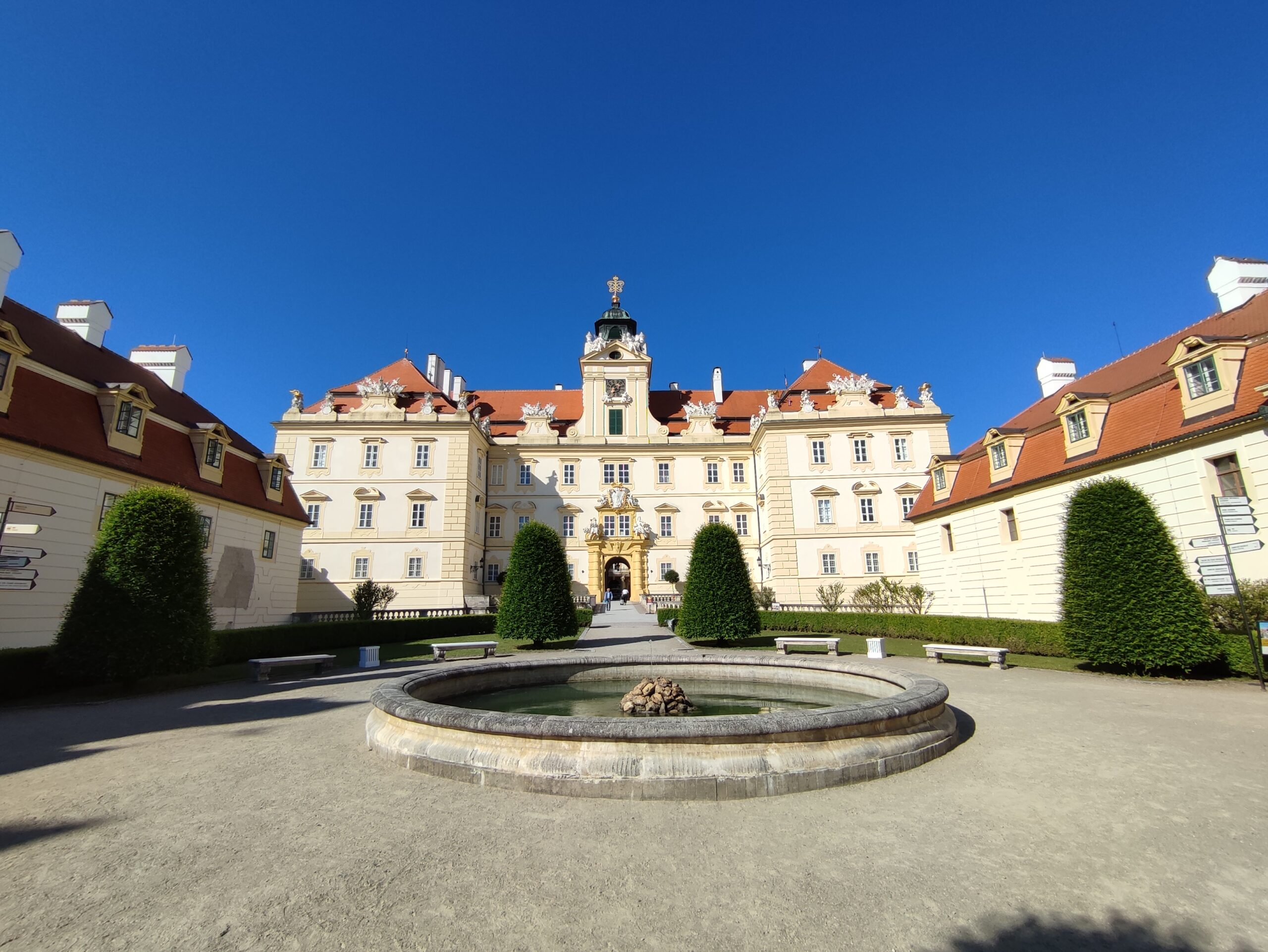In the heart of Europe, where the Austrian-Czech border weaves its historical tapestry, lies the magnificent Valtice Castle. This castle, once owned by the Liechtenstein House and the seat of government for the Principality of Liechtenstein until 1938, now forms part of the »Cultural Landscape Lednice – Valtice«, a UNESCO World Heritage Site. Today, Valtice Castle is more than just a symbol of architectural grandeur. It’s a beacon of unity, standing tall on the path of the EuroVelo 13 – Iron Curtain Trail. This long-distance bike path, stretching over 10,400 kilometres, retraces the »Iron Curtain«, a border that once divided Europe into East and West. Today, it connects sustainable tourism across borders that were once separated by barbed wire and watchtowers. Valtice Castle, with its rich history, adds a unique charm to this trail. The castle’s first known written mention dates back to January 10, 1193. Over the centuries, it has witnessed numerous transformations, from a fortified building with clay and wooden ramparts to a four-wing Renaissance building, and finally, to the Baroque palace that stands today. Not far from Valtice is the town of Lednice. Like Valtice, Lednice is part of the Lednice–Valtice Cultural Landscape and is home to the Lednice Castle – the first historical record of Lednice dates from 1222. Over the centuries, Lednice Castle has been transformed from a Gothic fort to a Renaissance chateau, and finally, to a summer palace in the spirit of English Gothic. During our time at Valtice we had a chance to visit a local winery, cycle along the Iron Curtain Trail – EuroVelo 13 and visit local and historic monuments. It was an amazing opportunity to see for ourselves the beautiful landscape of Lednice-Valtice as well as connect personally with the people creating the tourism offer and services at the destination. Working with stakeholders is important for developing new tourism ideas. The EuroVelo 13 is a celebration of unity and a commitment to sustainable tourism and peace. As we cycle along the EuroVelo 13, we’re not just moving from place to place; we’re overcoming historical differences and moving towards a future of understanding and cooperation. The EuroVelo 13 shows how people can work together to make a difference. It’s a reminder of how peace and understanding can follow from overcoming conflict.

Photo: Westpannon
Project meeting in Valtice, Czech Republic, May 2024